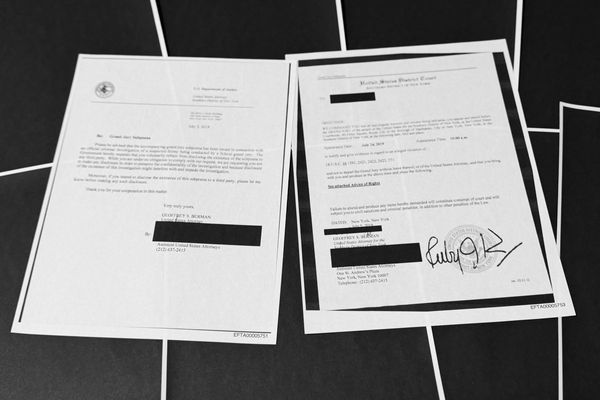King Charles is celebrating his 74th birthday today (November 14) but he'll also get another birthday just like the late Queen Elizabeth II, as a 250-year tradition is set to continue.
It's well known that the beloved Queen had two birthdays - her actual birth date was in April and her 'official' celebration, fell on the second Saturday in June.
King Charles will continue this tradition which dates back hundreds of years, but he's likely to have a second birthday in June from next year.
The monarch's official birthday is traditionally marked with a Trooping the Colour parade in central London, which was first introduced in 1748.

However, it was King Edward VII, who reigned from 1901 to 1910, who chose to move the parade to June. His birthday was also in November, and he thought June was more likely to provide better weather for the celebrations..
But when Prince William takes the throne in future, he might only get the one celebration as like George V he has a June birthday anyway so it's perfect for sunny celebrations.
The Prince of Wales' big day falls on June 21. The next heir to the throne, Prince George, is also a summer baby so there is a chance the tradition may disappear for several decades.
Trooping of the Colour sees more than 1,400 parading soldiers, 200 horses, and 400 musicians come together each June in a brilliant display of military precision, horsemanship and fanfare to mark the monarch's official birthday.
The parade moves from Buckingham Palace and down The Mall to Horse Guard's Parade, alongside Members of the Royal Family on horseback and in carriages.
The display closes with an RAF fly-past, watched by Members of the Royal Family from the Buckingham Palace balcony.
King Charles' coronation is due to take place next year on May 6 in what is being described as a ceremony that will be "rooted in tradition" but also "looking towards the future". It will see Queen Camilla crowned alongside her husband.
It is understood that the ceremony will include the same core elements of the traditional service, which has retained a similar structure for more than 1,000 years, while also recognising the spirit of our times.







